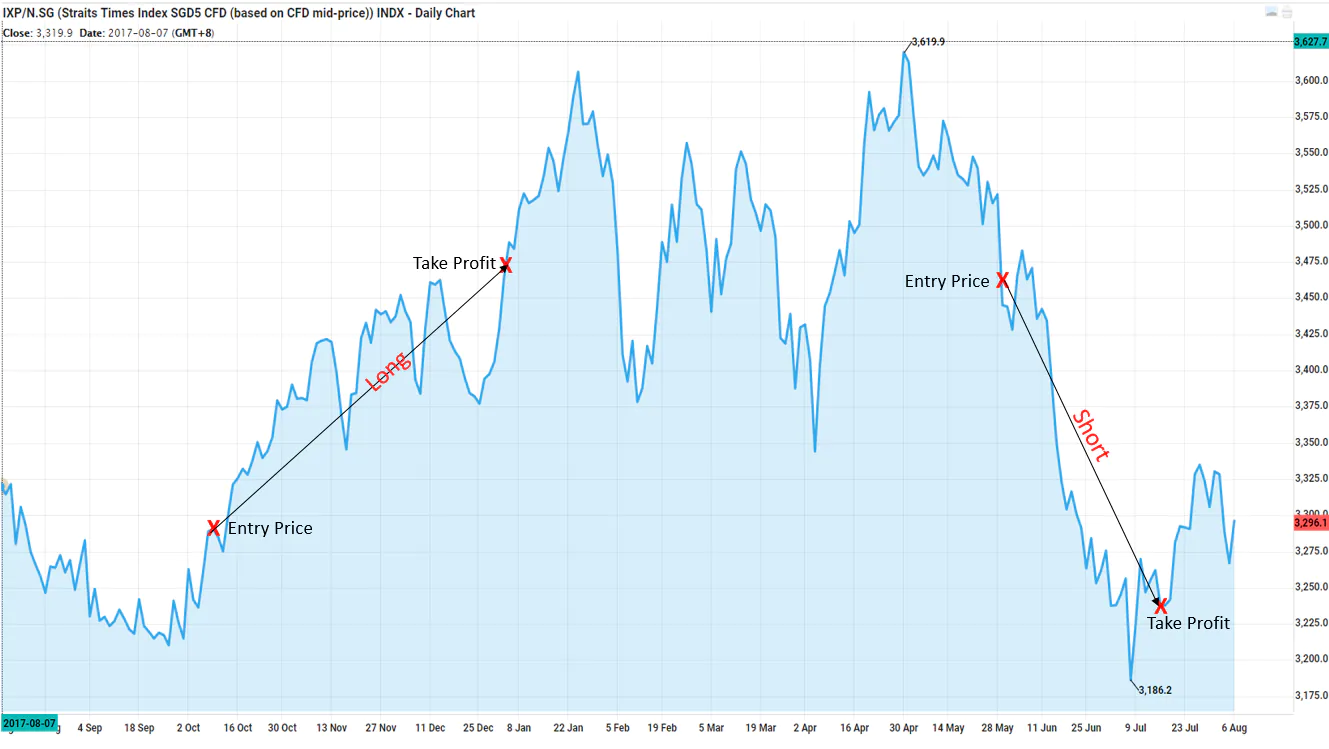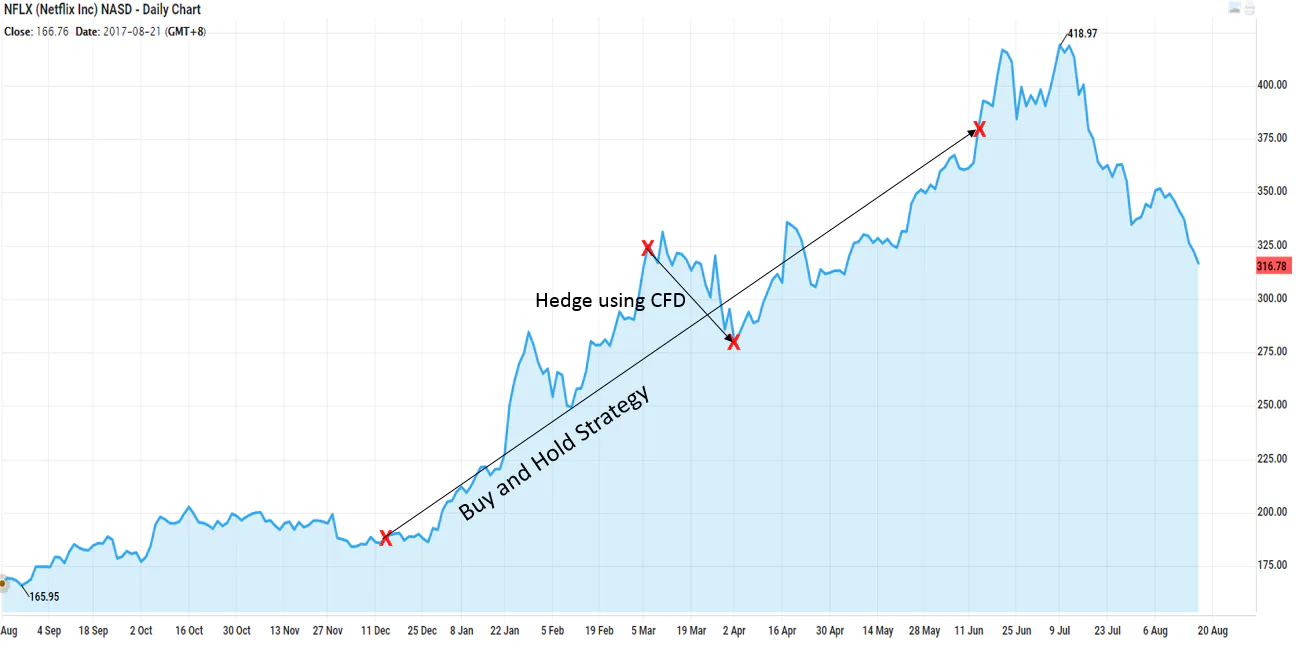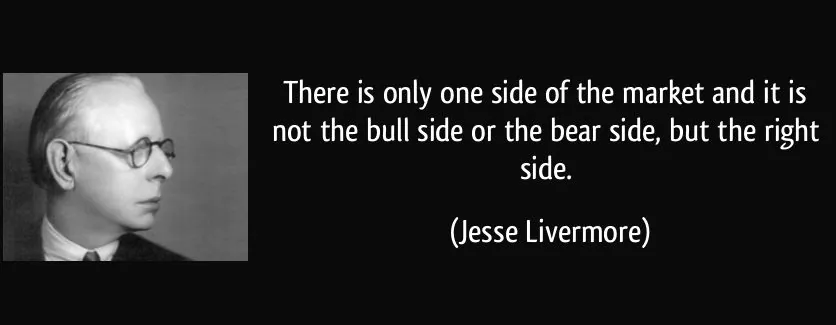Understanding Contract For Differences (CFD)

Lim Si Hong, CFD Dealer
Published On: 21 November 2018 | 05:00 PM
“What is CFD trading?” might be a question that has popped up into the minds of those that just recently got acquainted with the concept of investments.
It’s not a question that I can answer in just a quick sentence so here is my attempt to answer it in a quick post then.
However, before we dive into “What is CFD”, it is paramount for you to understand the reason why you have to spend time reading about this product. Is it really a product that is worth your attention?
Back in 2003, there was only ONE CFD provider in Singapore – Phillip CFD (who is also the most preferred CFD provider in 2017). Fast forward 15 years later to 2018, there are now around 20 brokerages (both local and foreign) that offer CFDs to investors here, a testament to the rising popularity of this product.
Sign up for our mailing list now! Get notified with the latest articles, free webinars and more.
So just what exactly is a Contract for Differences (CFD)?
According to Investopedia, “The CFD (Contract for Differences) is a contract between a client and a broker, who are exchanging the difference in the current value of a share, currency, commodity or index and its value at the contract’s end.”
Too lengthy to digest? Or in layman’s terms, CFD simply translates to a CONTRACT that you enter with your broker, which you then pay for/gain the LOSS/PROFIT should the contract decrease/increase in value.
Okay, that still isn’t ALL to what CFD is. (I told you it was impossible to explain CFD in one sentence, didn’t I?)
Let’s just start with understanding some unique features of contract for differences.
Leverage
Imagine having to pay only a 10% margin for DBS shares (currently trading in the S$20 range), sounds like a deal isn’t it?
What does this mean for you: For those with a smaller budget, you get to now purchase more lots of your preferred counter. Also, you can now look beyond penny stocks and start looking at counters like Apple or Berkshire HathawayB.
Or if you’re looking for a product that offers a high Return of Investment (ROI), then leverage would be the right tool for you!
Understanding Leverage:
| Leverage | Portfolio Value | Profit | Return On Investment (ROI) |
| 1:1 | $1,000 | $100 | 10% |
| 1:2 | $2,000 | $200 | 20% |
| 1:10 | $10,000 | $1,000 | 100% |
| 1:20 | $20,000 | $2,000 | 200% |
Example?
For a $10,000 portfolio of counter with a 10% margin, you are only required to put up $1,000 upfront to start trading.
Scenario 1:
Your portfolio moves in your favour and increases to $11,000 in value. You’ll then be gaining $1,000 with just a $1,000 outlay, which essentially equates to a 100% gain.
Without leveraging, you’ll have to put up $10,000 upfront and with a $1,000 gain, you’ll only be getting a ROI of 10%.
Scenario 2:
Your portfolio moves against your favour and drop to $9,000 in value. Similarly after doing the quick math, you’ll be losing 100% of your capital if you had leveraged.
With leveraging, it also means that instead of an initial budget of $10,000 that you have to fork out, you can now free up $9,000 of that budget and use it to diversify your portfolio by investing them in other instruments like bonds, indices, REITS and etc.
What to take note of: Leverage can be a double edged sword. Should your investment move against your favour, you will be exposed to heavier losses. As your gains get maximized with leverage, your losses will get maximized too.
Solution: Knowledge is power. Before you embark on the route of leveraging, it is essential to equip yourself with all you have to know about this double edged sword. There are plenty of free seminars/webinars and educational videos available to better educate you about this product!
Long and Short
You long a counter when the market is bullish. What about when the market is bearish?
CFD allows you to short the counter and benefit from the price difference when the underlying assets drop in price.
Bringing this a step further, a Contract for Differences can also be used as a hedging tool to protect your long term positions from short term volatility. For example, you currently have a long position of counter A’s physical shares in your portfolio which you intend to hold for the long term. However due to market volatility, you’re now expecting counter A’s price to drop in the near future. In this case, you can then hedge your position by shorting the same counter using a CFD. This way, your loss from your long position of the physical shares will be negated by the profit from your short CFD position.
What this means for you: You’re able to find profit-making opportunities regardless of a bull or bear market. This then prevents you from losing 50% of the opportunities in the market, allowing you to find a money-making opportunity regardless of a bullish or bearish market.
What to take note of: For every day that you hold on to a long or short CFD position, you’ll be incurring a finance charge.
2 Way Amalgamation
This is good news for all intraday traders! Instead of paying separate commissions for each transaction you make, a few broker houses now offer amalgamation – a collective commission will be charged for all buy and/or sell contracts of the same counter traded on the same day.
What this means for you: For intraday traders, you’re entitled to place multiple transactions per day and get to save on commissions charges for your trades.
Example?
If you buy 1,000 contracts of Stock A at $2 at 10am and close off your position at $2.20 at 3pm, the total commission charged to you would be,
With Amalgamation
Commission = [(1,000*$2) + (1,000*$2.20)]*0.128% = $5.75
As $5.75 is lower than the minimum commission of $25, the commission charged to you will be $25.
Without Amalgamation
Opening commission = 1,000*$2*0.128% = $2.74 < $25 → $25 charged
Closing commission = 10,000*$2.20*0.128% = $3.01 < $25 → $25 charged
Total commission = $50
(Commission rate is taken to be at 0.128% with a minimum commission of S$25, and above calculations are done without taking into account of GST.)
What to take note of: Not all brokers offer amalgamation, so look carefully!
So after a brief introduction to the unique selling points of CFDs, one question you might have is, “Is CFD for me?”
Yes indeed, no one product is suitable for everyone. A money market fund might not be suitable for a risk taker; an option might not be suitable for amateur investors. Likewise, CFDs may or may not be suitable for you too. Below are a few questions that you can ask yourself before you put a ‘yes’ or ‘no’ on this product.
- What is your risk appetite?
- What is your investment objective?
- What is your time horizon?
All these questions shall be discussed more in detail over HERE!
Sign up for our mailing list now! Get notified with the latest articles, free webinars and more.
Leave a comment
More Articles
Malaysia Election Part 2
As highlighted in the previous article, the run-up to the 14th general election (GE14) of Malaysia does not differ much from previous elections whereby Budget 2018 focuses on…
Malaysia Election Part 1
Malaysia is preparing for a general election. How will this affect the Malaysian economy? First, let us take a look at how the Malaysian Economy has transformed over the years.
Stock Market Crash?
Malaysia is preparing for a general election. How will this affect the Malaysian economy? First, let us take a look at how the Malaysian Economy has transformed over the years.
Disclaimer
This material is provided to you for general information only and does not constitute a recommendation, an offer or solicitation to buy or sell the investment product mentioned. It does not have any regard to your specific investment objectives, financial situation or any of your particular needs. Accordingly, no warranty whatsoever is given and not liability whatsoever is accepted for any loss arising whether directly or indirectly as a result of your acting based on this information.
Investments are subject to investment risks. The risk of loss in leveraged trading can be substantial. You may sustain losses in excess of your initial funds and may be called upon to deposit additional margin funds at short notice. If the required funds are not provided within the prescribed time, your positions may be liquidated. The resulting deficits in your account are subject to penalty charges. The value of investments denominated in foreign currencies may diminish or increase due to changes in the rates of exchange. You should also be aware of the commissions and finance costs involved in trading leveraged products. This product may not be suitable for clients whose investment objective is preservation of capital and/or whose risk tolerance is low. Clients are advised to understand the nature and risks involved in margin trading.
You may wish to obtain advice from a qualified financial adviser, pursuant to a separate engagement, before making a commitment to purchase any of the investment products mentioned herein. In the event that you choose not to obtain advice from a qualifies financial adviser, you should assess and consider whether the investment product is suitable for you before proceeding to invest and we do not offer any advice in this regard unless mandated to do so by way of a separate engagement. You are advised to read the trading account Terms & Conditions and Risk Disclosure Statement (available online at www.poems.com.sg) before trading in this product.
Any CFD offered is not approved or endorsed by the issuer or originator of the underlying securities and the issuer or originator is not privy to the CFD contract. This advertisement has not been reviewed by the Monetary Authority of Singapore.







